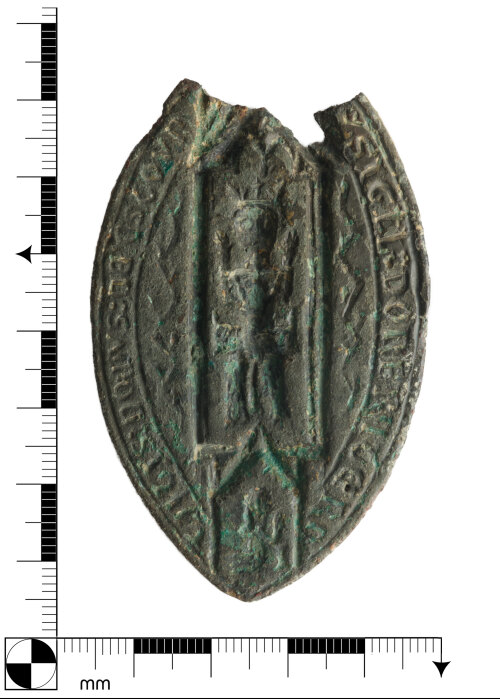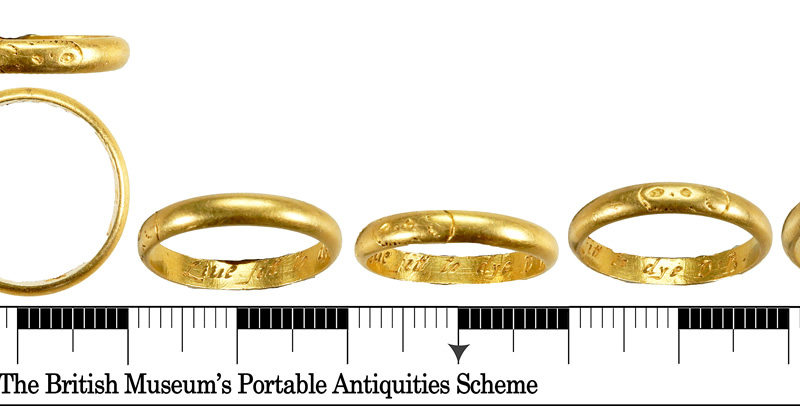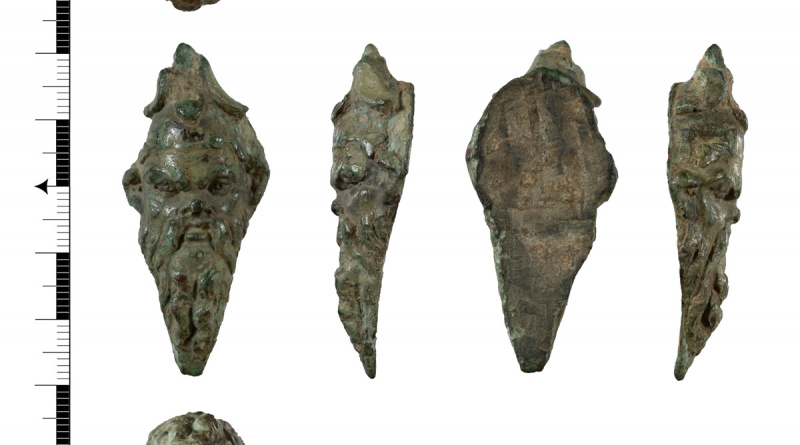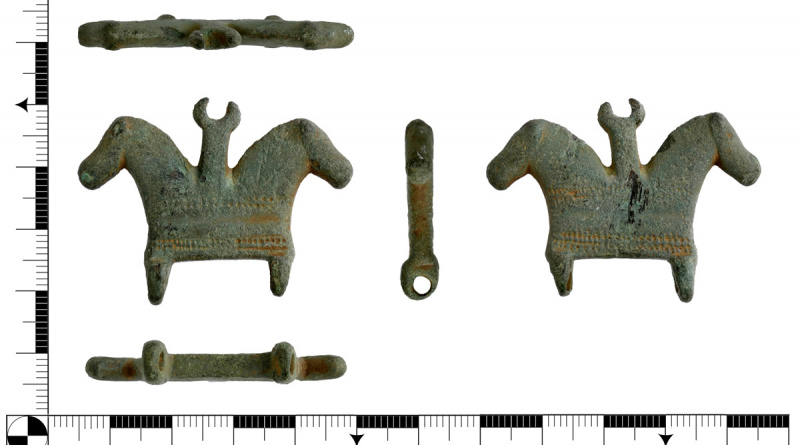PAS Finds – Trinitarians
PAS Finds – Trinitarians
My selection of the detecting finds recorded at the PAS in the week ended 10 March 2023.
Featured Find
Seal matrix of the Trinitarian Friars of Easton
A seal matrix that dates to the second half of the 13th century that has been designated a Find of Note of Regional Importance. The inscription is intended to read SIGL-L:CONFRATERN/I/TATIS:DOMVS DE ESTOVN meaning Seal of the Confraternity of the House of Easton. Easton Priory, in Wiltshire, was an order of Trinitarian friars.
Trinitarian
The Trinitarians were founded by St John de Martha in about 1197 and are still going today.1

Photo: Linda Spashett Storye book, CC BY 3.0
Most of the story of John de Martha is based on legends after his death. As is common in these legends, visions play an important part. On 28 January 1193, John was celebrating his first Mass when he saw Jesus with two chained captives, a Moor and a Christian. The Christian held a staff with a red and blue cross.2
Some time later, he was out with a walk with the hermit Saint Felix of Valois and he had another vision. This time a white stag appeared with a red and blue cross between its antlers.3 You may recall a similar vision was the inspiration for another seal matrix that we covered in Seal matrix of stag’s head and cross a few weeks ago.
In 1198, Pope Innocent III gave preliminary approval to John forming a new religious order dedicated in honour of the Blessed Trinity (hence, Trinitarians) for the redemption of Christian captives.

Photo: University of Mary, CC BY-SA 4.0
The Crusades were in full force at the time and Moorish pirates would launch raids, capturing Christians for slavery. The Trinitarian Rule stipulated that their income was divided into three parts; one for their own support, one to relieve the poor, and the third to ransom Christians who had been taken captive by the Moors.
This curious stature is in a campus restaurant of an American university. It’s of John of Martha discussing the freedom of slaves with a pirate. I’m not entirely sure that the pirate is from the right era.
Easton Priory
The Trinitarians came to England in 1244 and set up a number of priories (between 8 and 12 depending on which source you read). In 1245 Easton Trinitarian Priory was established. Stephen of Tisbury inherits the manor house at Easton from his father, Sir Adam de Estun, and converts it into a Priory or Hospice. He choses a Trinitarian monk Nicholas of Norfolk as the first prior and hands over administration to the Trinitarians.4
In July 1251, at Marlborough, Henry III ordained it as the sixth Hospital of the Holy Trinity in England.5 This is about the time that the seal matrix dates to. In 1493 the priory was substantially destroyed by fire and in 1536 it was dissolved, with the land going to Edward Seymour heir to John Seymour, father of Henry VIII’s wife Jane.





